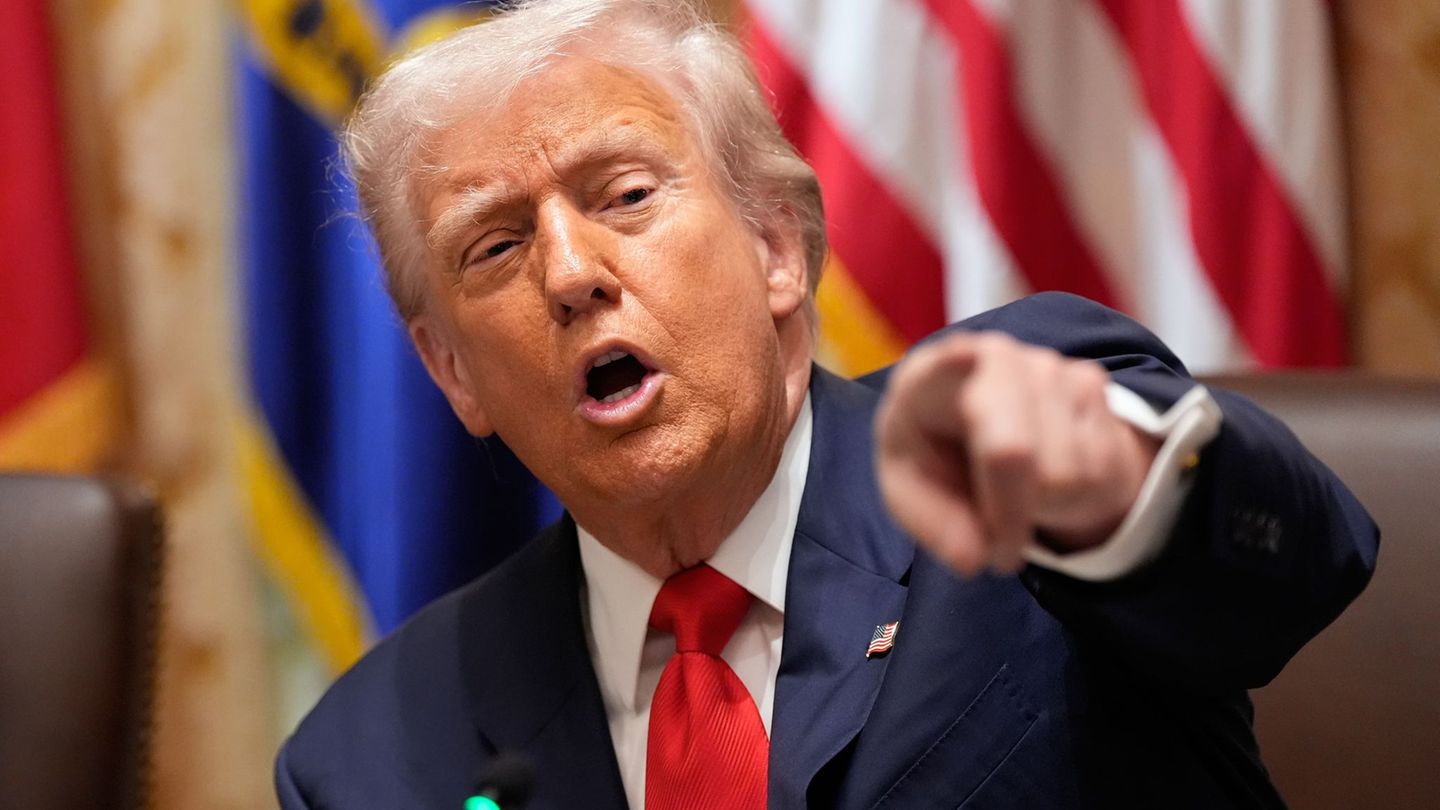The president of the Fed of dallas, Lorie Loganwarned at a conference of the Louisiana Bankers Association, in New Orleans, about the signs regarding inflation and the impact on monetary policy.
“There are significant upside risks to the inflation that worry me, and I think there are also uncertainties about the degree of restriction of monetary policy and whether it is restrictive enough,” to bring inflation back to the 2% target set by the US central bank, he said. .
“I think it’s too early to think about cutting rates. I think I need to see some of these uncertainties about the path we’re on resolved, and we need to remain very flexible,” Logan said, although he did not directly address whether believe that the Fed It could have to raise its reference interest rate again from the range of 5.25%-5.50% that it has maintained since July.
Many US central bank officials, including the Fed chairman, Jerome Powellhave indicated that they continue to think that new rate increases will not be necessary.
In an interview with Reuters, the president of the Fed from Atlanta, Raphael Bosticsaid he still believes inflation is likely to slow under current monetary policy and allow the central bank to begin reducing its policy rate in 2024, although perhaps only a quarter of a percentage point and not until the final months of the year. .
“I still have that belief,” Bostic said in Thursday’s interview, although “it will take some time” to be sure inflation will fall.
Data released Friday provided an unwelcome jolt in the wrong direction to a metric that Federal Reserve policymakers watch closely. The expectations of inflation one year after the survey University of Michigan Consumer confidence rose from 3.2% to 3.5% in May, the highest level since November.
While the one-month pullback may not be significant, if it continues it would challenge the Fed’s current assessment that expectations are “anchored,” and add to arguments made by Logan and some others that rates may not be sufficiently high enough to put an end to the fight against inflation.
The Federal Reserve’s preferred measure of inflation, the price index of personal consumption expendituresrose at an annual rate of 2.7% in March, with little progress in the first three months of the year.
The University of Michigan data was released after Logan began speaking and did not address it. Anchored expectations are seen by Fed officials as an important sign of their own credibility, and a help in returning inflation to 2%.
More questions than certainties
In an essay published earlier this week, Fed Chairman Minneapolis, Neel Kashkari, also raised the possibility that rates may not be restrictive enough, given the continued strength of the US economy, particularly the housing market. “I find it difficult to explain the robust economic activity that has persisted,” he said. “It raises questions about how restrictive the policy really is.”
On the contrary, the president of the San Francisco Fed, Mary Dalyin an interview recorded Thursday, said the “neutral” interest rate may have risen a little, implying that any given level of the policy rate would affect economic activity less than it would else.
However, he indicated that the solution for the Fed in that case would be to keep its official interest rate at the current level for longer. Even if the neutral rate is higher, “we still have a restrictive policy, which is what we want,” he said. “But it could take longer to lower inflation.”
Source: Ambito




